A common misconception is that all chickens are female. While it is true that the majority of chickens raised for eggs are female, there are also male chickens, known as roosters, which play important roles in both the commercial poultry industry and backyard chicken owners.
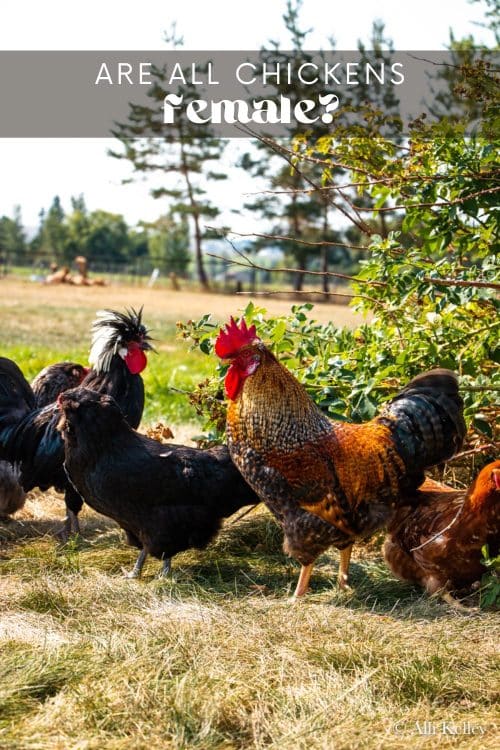
Chicken Terminology
- Adult female chicken = Hens
- Young female chicken = pullet
- Adult male chicken = Roosters
- Young male chicken (young rooster) = cockerel
- Baby chickens = chicks
One of the primary reasons that most chickens raised for eggs are female is that female chickens, or hens, are the ones that lay the eggs. In the chicken meat industry, broiler chickens can be hens or roosters (male or female) and they’re usually about 50% of female chickens and male chickens in commercial meat flocks.
Hens are also more docile and easier to handle, making them more suitable for the commercial or backyard poultry keepers. However, male chickens still have their own specific roles to play, both in the poultry industry and in backyard flocks.
In the commercial poultry industry male chickens, roosters, are often used for breeding purposes as they are responsible for fertilizing the eggs that will be used to hatch new chicks. These males are generally kept separate from the female chickens used for egg and meat production and are usually kept in small numbers. Roosters can be rough with layer hens so it is in the best interest of the hens to keep roosters housed separately in large flocks.
In backyard flocks, roosters can serve a variety of purposes.
- Some people keep roosters for their ornamental value, as many chicken breeds have colorful and attractive feathers.
- Roosters are also known for their protective nature and can help to defend the flock from predators.
- They can also serve as watchdogs, alerting the rest of the flock to potential threats.
While male chickens can be useful to have in a flock, they are not necessary for egg production, as hens are able to lay eggs without the presence of a male. However, if you do choose to keep a rooster in your flock, it’s important to keep in mind that they can be quite loud and may not be suitable for all situations.
Roosters are known for their loud crow, which can be disruptive to neighbors, especially in urban or suburban areas. Roosters will also crow whenever they want, all day long, not just at sunrise.
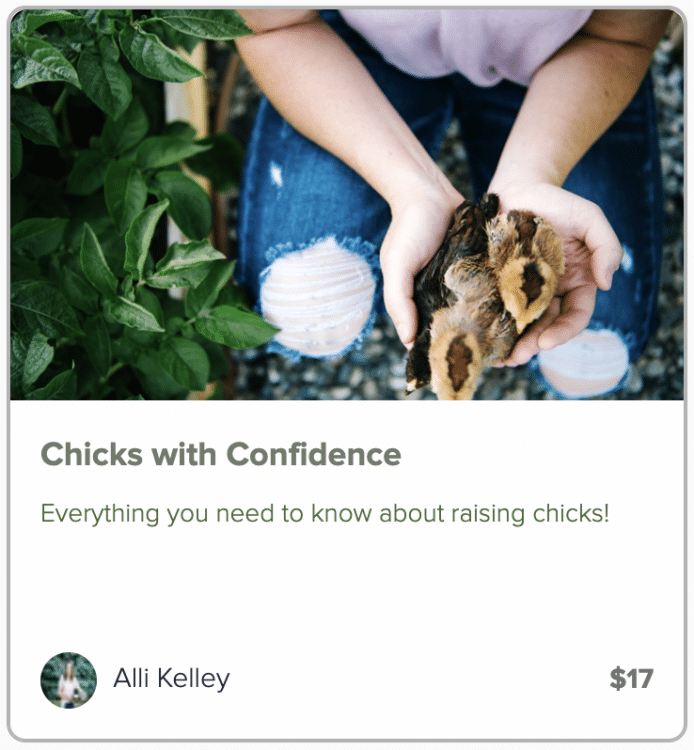
Looking for more in-depth chicken-keeping information? Take my course, Chicks with Confidence!
Chicks with Confidence is a straight to the point, fact based digital course that walks you through exactly what you need to get raising your baby chicks without breaking the bank or causing you to panic everytime they make a weird sounding peep!
Differences Between Hens and Roosters
Hens and roosters have several behavioral and physical differences between them. Some of the differences between hens and roosters include:
- Physical traits: Roosters are generally larger and more brightly colored than hens. They have longer, thicker combs and wattles (the fleshy protuberances on their head and neck), and they also have spurs on their legs.
- Behavior: Roosters are known for their loud, distinctive crowing, which they use to announce their presence and establish their territory. Hens do not crow.
- Egg-laying: Hens are the ones that lay eggs, while roosters do not.
- Parenting behavior: In many species of birds, it is the male that takes on the role of caring for the young. However, in chickens, it is the female birds that incubate the eggs and cares for the chicks.
- Aggression: Roosters are known for being more aggressive than hens, especially towards other males. They will often fight with each other to establish dominance and mating rights. Hens are generally more docile and peaceful.
- Plumage: Roosters have more elaborate and colorful plumage than hens, with long, flowing tails and bright, iridescent feathers on their neck (saddle feathers) and wings. Hens have more subdued coloring and shorter, less showy main tail feathers.
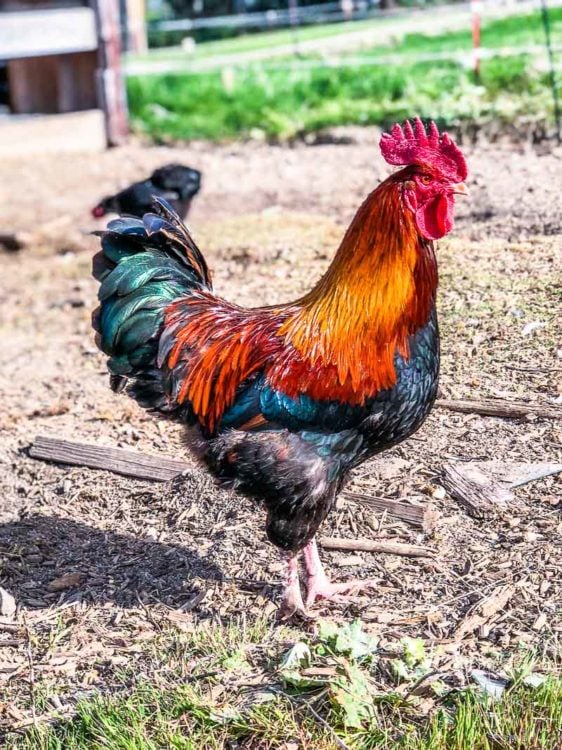
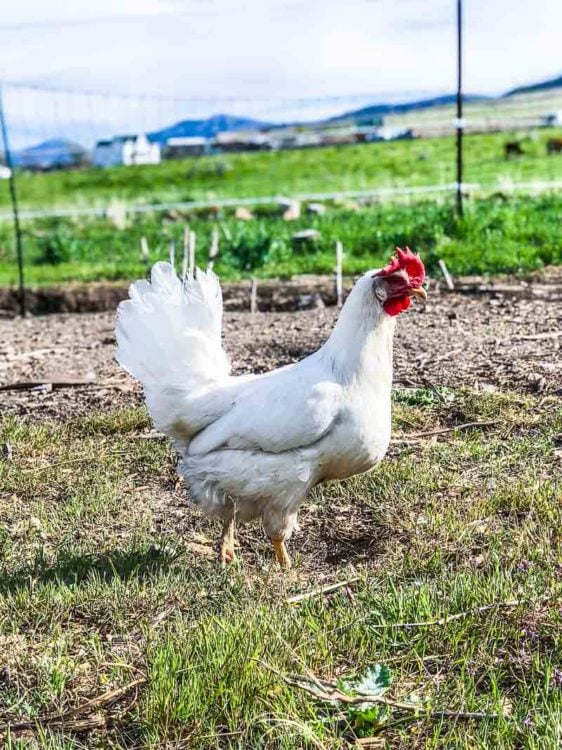
Chicken Genetics
In chickens, as in many other animals, the sex of an individual is determined by its genes. Specifically, the sex of a chicken is determined by the presence or absence of a particular pair of chromosomes called the “sex chromosomes.”
In chickens, females have two copies of the same sex chromosome, called the “Z chromosome.” Males, on the other hand, have one Z chromosome and one “W chromosome.” The presence of the W chromosome is what makes an individual chicken male.
The sex of a chicken is determined at the moment of fertilization when the sperm of the rooster fertilizes the egg of the hen. If the sperm carries a W chromosome, the resulting chicken embryo will be male. If it carries a Z chromosome, the resulting chicken embryo will be female.
In some cases, a chicken’s sex may not be determined solely by its genes. There are rare cases where a chicken can be genetically male (with a W chromosome) but develop as a female due to hormonal imbalances or other factors. However, these cases are quite rare, and most chickens will develop as male or female based on their genetics.
Sex-Linked Traits (like Color)
In genetics, a “sex-linked” trait is a trait that is carried on one of the sex chromosomes (X or Y in mammals, Z or W in chickens). Because the sex chromosomes are inherited differently in males and females, sex-linked traits can be more common in one sex than the other.
In chickens, many traits are sex-linked, meaning that they are carried on either the Z or the W chromosome.
For example, the gene for feather color in chickens is a sex-linked trait.
- If a hen carries the gene for a particular feather color on her Z chromosome, she will express that trait, regardless of whether the same gene is present on her other chromosome.
- However, if a rooster carries the same gene on his W chromosome, he will only express the trait if there is no opposing gene on his Z chromosome.
Because of this inheritance pattern, certain traits are more common in one sex than the other. For example, a particular feather color may be much more common in males than in females, because the trait is carried on the W chromosome and can only be expressed in males if there is no opposing gene on the Z chromosome.
Sex-linked traits can be useful for chicken breeders, as they can allow for the development of new breeds of chicken or the introduction of specific traits into a population, like different colors. However, they can also present challenges, as the inheritance patterns for sex-linked traits can be complex and may not always produce the desired results.
When shopping for baby chicks, sex-linked breeds will be labeled and are most commonly used to ensure you get hens (egg layers) when you purchase chicks. Otherwise, it can be hard to tell until the chicks develop further, about 4-6 weeks of age. Some chicken keepers with a trained eye can sex chickens via a method called vent sexing, but it isn’t always the most reliable option.
Knowing whether or not you have roosters is important for determining the egg production of your flock, even for a backyard flock. It’s also very important for new chicken keepers to know if they are living in a residential area that is not zoned for roosters. This is determined by local jurisdictions and should be researched before bringing home chickens.

Looking for more in-depth chicken-keeping information? Take my course, Chicks with Confidence!
Chicks with Confidence is a straight to the point, fact based digital course that walks you through exactly what you need to get raising your baby chicks without breaking the bank or causing you to panic everytime they make a weird sounding peep!
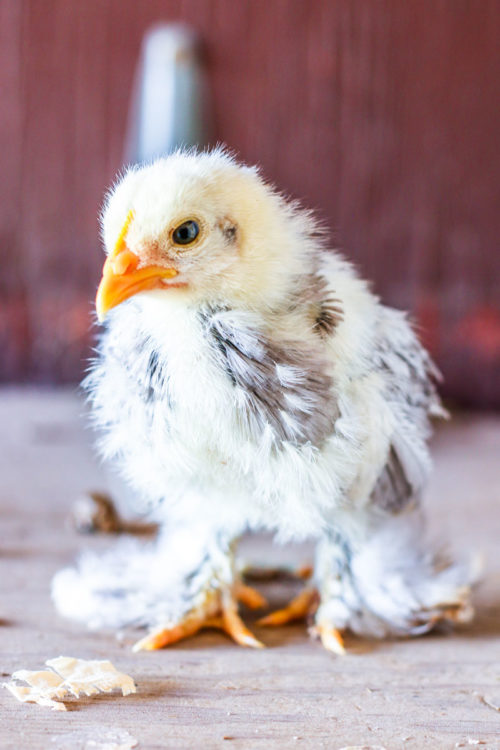
Do hens need a rooster to lay eggs?
Hens do not need a rooster in order to lay eggs. In fact, most commercial egg industry operations do not keep roosters at all, as they are not necessary for egg production and can be aggressive and noisy.
Hens will lay their first egg when they reach sexual maturity. This can happen at around 4 to 6 months of age. If you are purchasing older chicks and they are being sold as a “point-of-lay pullet” these should be chicks that are obviously female and old enough to lay eggs.
Healthy female chickens will continue to lay eggs on a regular basis (typically once a day) as long as they are healthy and well-fed. The best way to ensure you have a consistent supply of chicken eggs is to meet their nutritional and environmental needs. Taking proper care of the flock is the best way to ensure healthy long lives for your chickens and healthy eggs for you to eat.
Roosters are only necessary for one thing: the fertilization of eggs. If a hen’s eggs are not fertilized by a rooster’s sperm, they will not develop into chicks. However, unfertilized eggs are still perfectly edible and can be used in the same way as fertilized eggs. So, while roosters may be a necessary part of a breeding operation, they are not necessary for egg production.
Are all chickens female?
In conclusion, not all chickens are female. While the majority of chickens raised for eggs are female, there are also male chickens, known as roosters, which have their own specific roles to play in both the commercial poultry industry and backyard flocks. Roosters can be useful to have in a flock for their protective and watchdog roles, but it’s important to consider their potential noise level and suitability for your specific situation.

Looking for more in-depth chicken-keeping information? Take my course, Chicks with Confidence!
Chicks with Confidence is a straight to the point, fact based digital course that walks you through exactly what you need to get raising your baby chicks without breaking the bank or causing you to panic everytime they make a weird sounding peep!
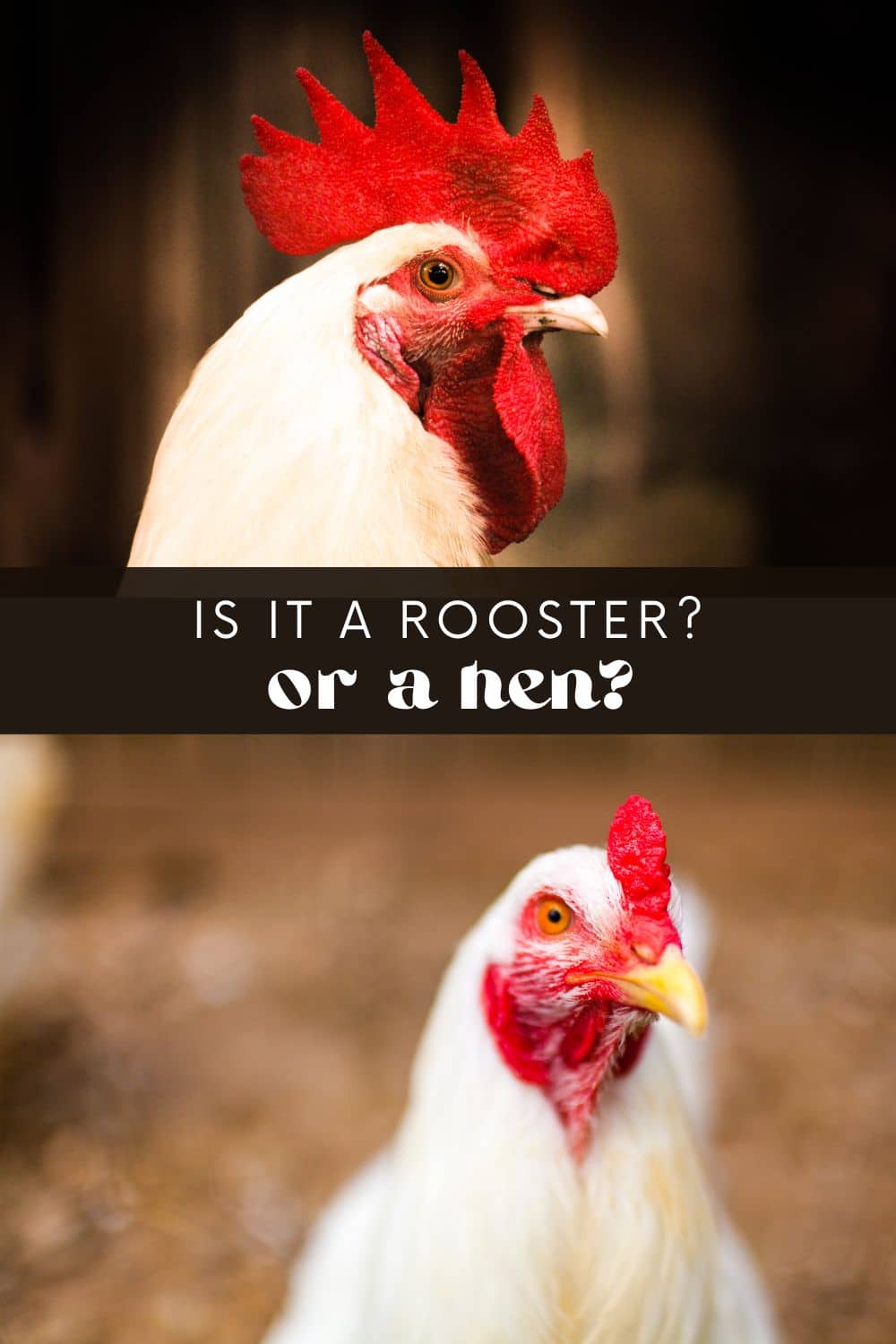
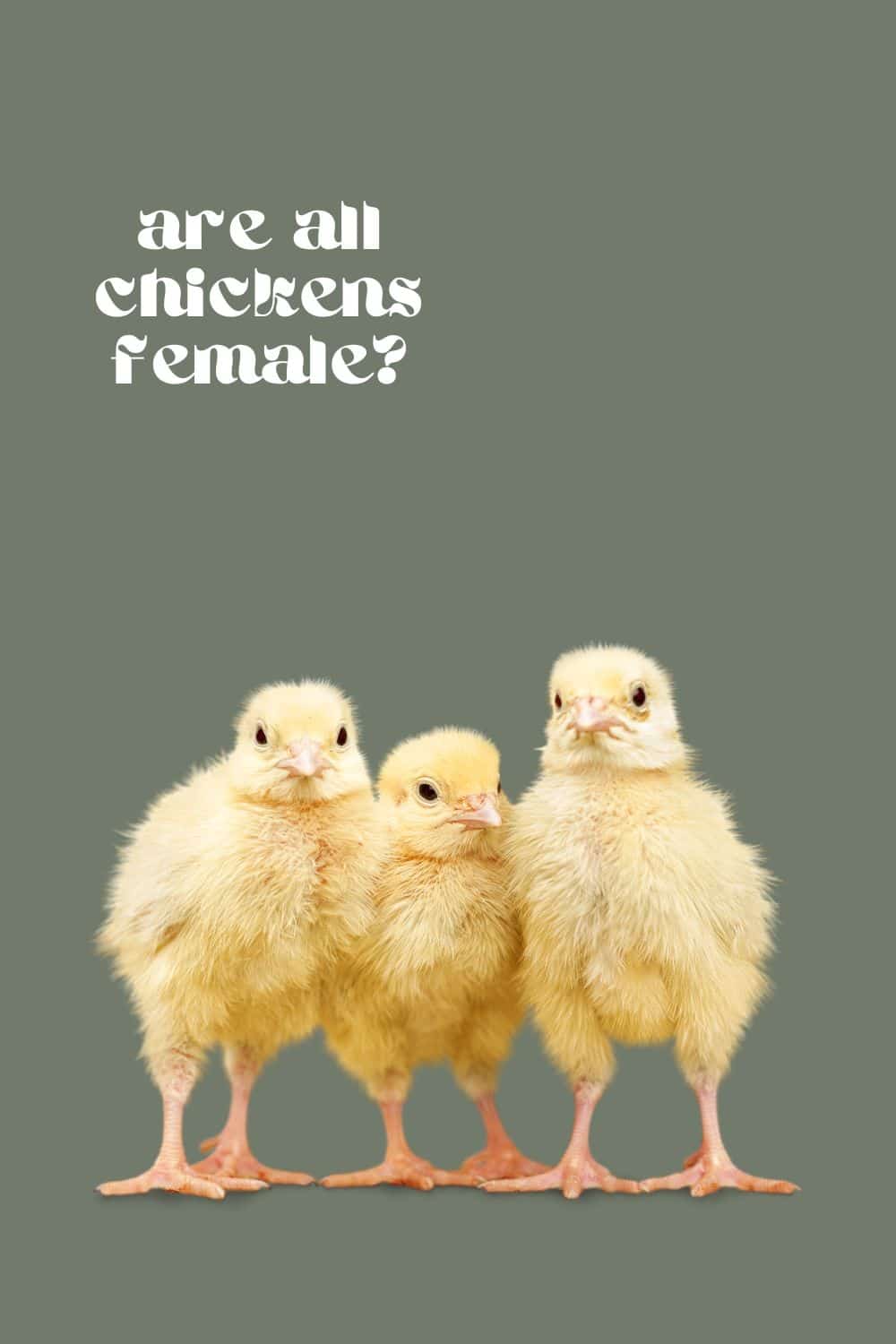
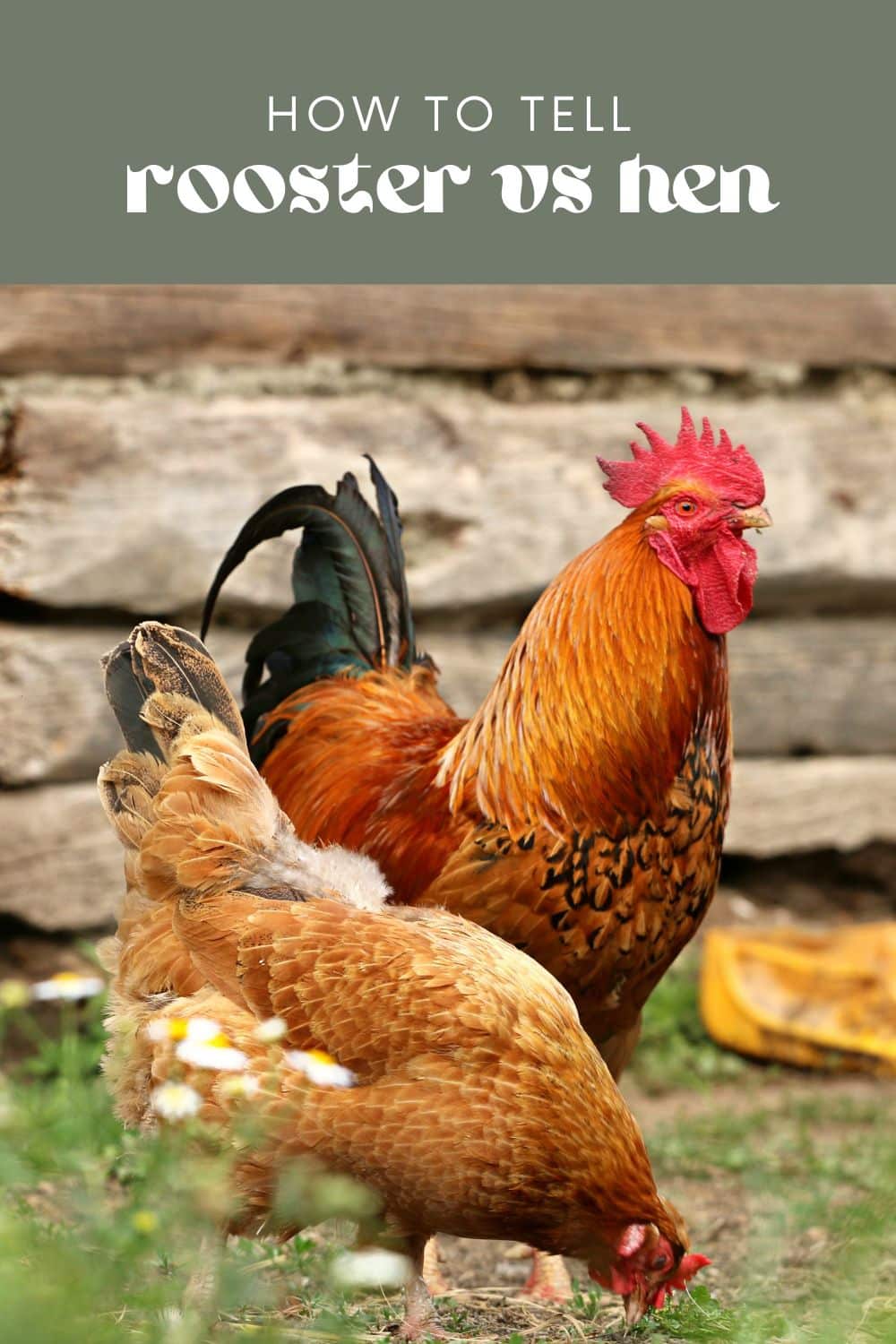
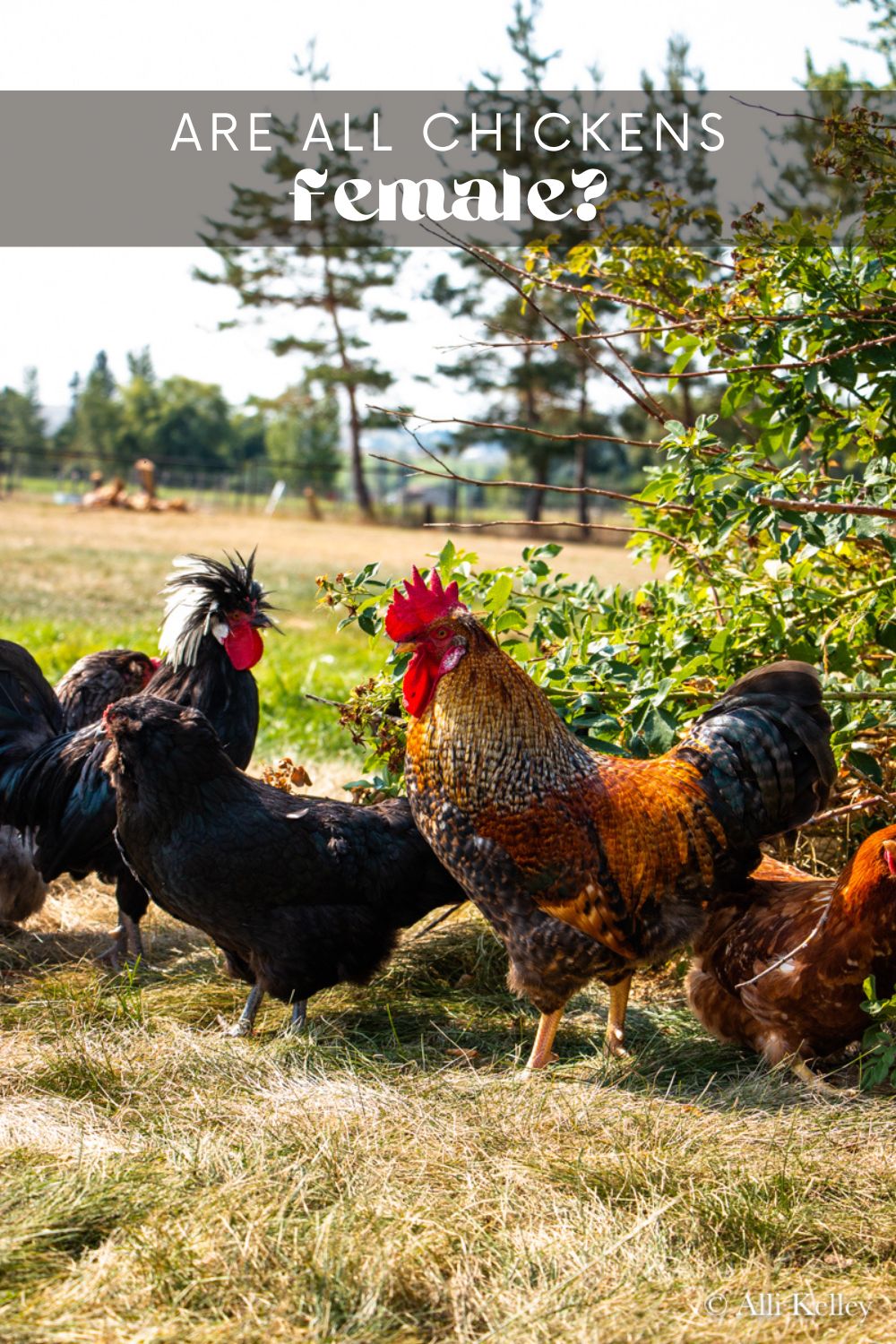
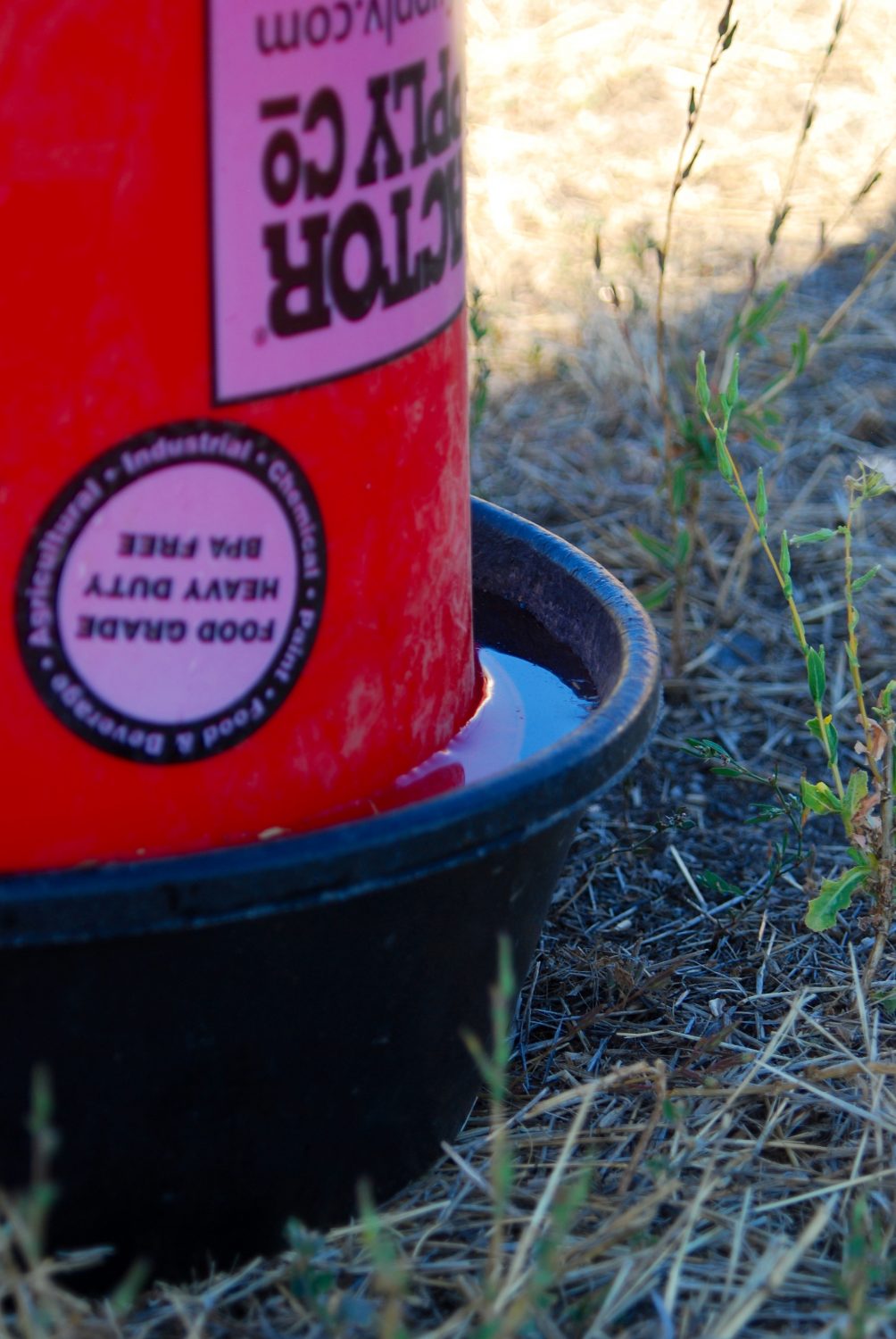

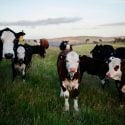
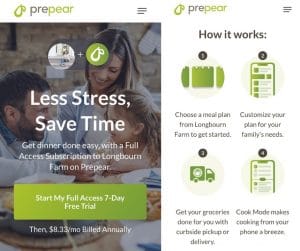

Leave a Reply